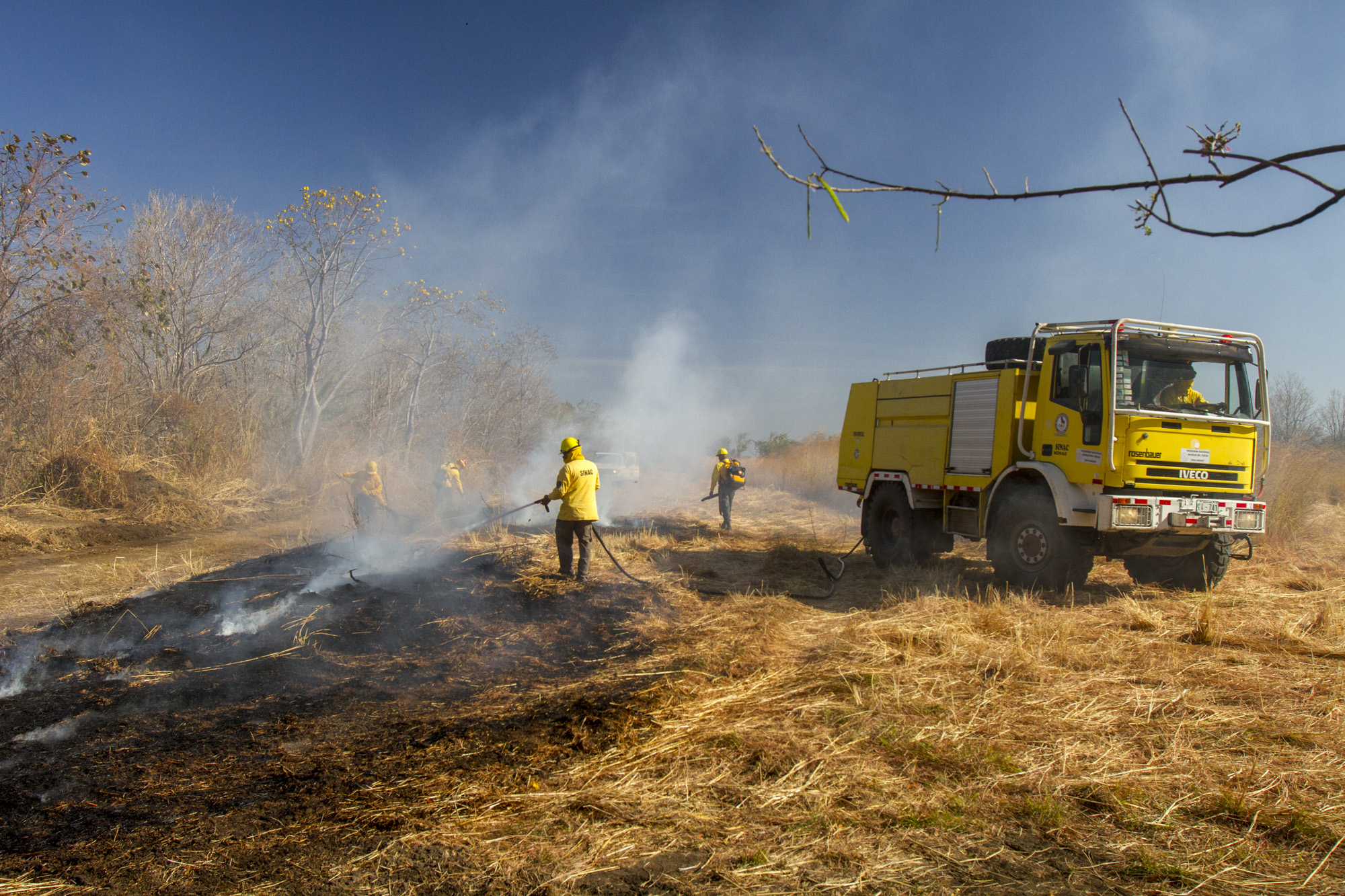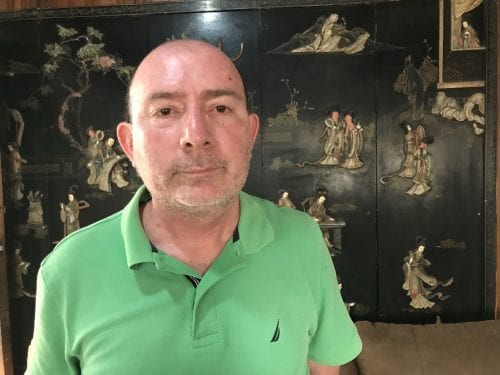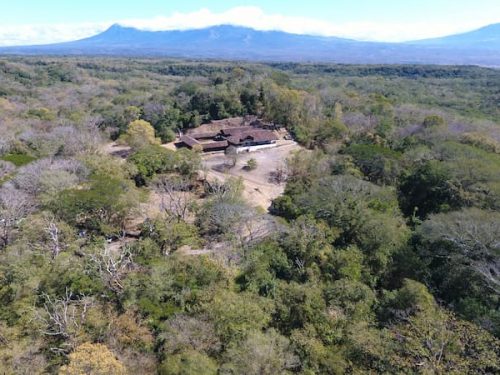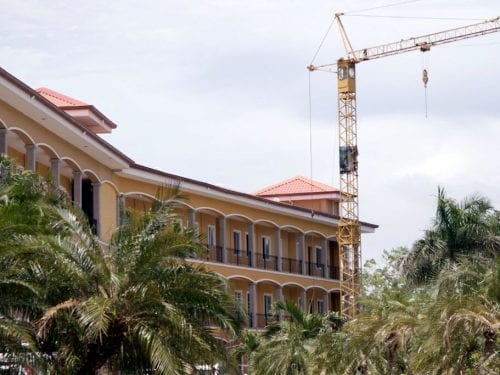
The National System of Conservation Areas (Sinac) stopped intervening in a forest fire that lasted two weeks in Cañas while they requested permission from the city that was unnecessary.
Sinac official Alejandro Madrigal turned to the Cañas city council on february 18th to request authorization from the city emergency committee (CME) to access private properties on fire.
During the session, Madrigal said that his entity needs the approval of CME to enter private properties because they are outside the forest regimen. “Without a mandate, we can’t do anything on private property that is on fire,” he said.
The Voice Fact Checking, a project by The Voice of Guanacaste, found that the statement made by Madrigal is false. We checked the forest fire regulations and interviewed the Environment and Energy Ministry and Sinac. According to those interviewed and laws Sinac can intervene in any forest fire, whether private property or not.
The fire affected zones near Chopo Hill and the integral health center in Cañas and lasted almost two weeks in February.
February 12, the Costa Rica Firefighters attended to the fire immediately, but asked for Sinac back up because they couldn’t control it after five days.
That was when Madrigal turned to the council to request authorization that he considered necessary.
Finally on February 19 they got a letter from the CME saying that they needed the Sinac to control the problem along with Firefighters Costa Rica, but it was too late. The fire had spread into areas difficult to access that surpassed their equipment capacity.
What the laws say
The environmental law establishes that Minae is responsible of the Forestry Administration. At the same time, the forestry law says that this function falls on Sinac.
The legislation also says that Sinac must prevent and fight forest fires, specifically on state land, but also those that happen on private property.
Wlfran Murillo, in charge of the fire management program at the ACAT explained that Sinac is only obligated to combat fires that happen in protected areas, but can also intervene in private land when necessary.
Article 35 of the Forestry law gives forest officials police authority, which allows them to organize brigades to fight forest fires and demand the collaboration of individuals, for example owners of the properties.
Article 16 of the wildlife law also allows them to enter and inspect any property when it’s related to environmental crimes.
No Resources
Wlfrán Murillo explained that Sinac has almost never attacked fires outside forestry zones or on private lands. “We don’t have the capacity nor the sufficient personnel,” he said.
The ACAT has three “quick intervention vehicles” dedicated to putting out fires. They distribute them throughout the whole territory, 395,046, which includes Cañas and Bagaces.
Cars have a water tank, a pump and a special hose. These units are designed to put out fires in their early stage in easy to access areas.
For Murillo, it’s important to give the firefighters the best resources because they are specialists in fires of this type. “A forest firefighter and a structural one (like the Costa Rica Firefighters) play on different fields and ours moves through bigger territories,” Murillo said.
When asked again, ACAT’s Alejandro Madrigal explained that the visit to the municipal council focused on reporting about other issues, and that the permits about the fire were secondary in his visit.
“It was an issue that came out that day and when colleagues and I talked, we decided to urge the Commission to act and authorize Sinac to enter the land,” he added.









Comments